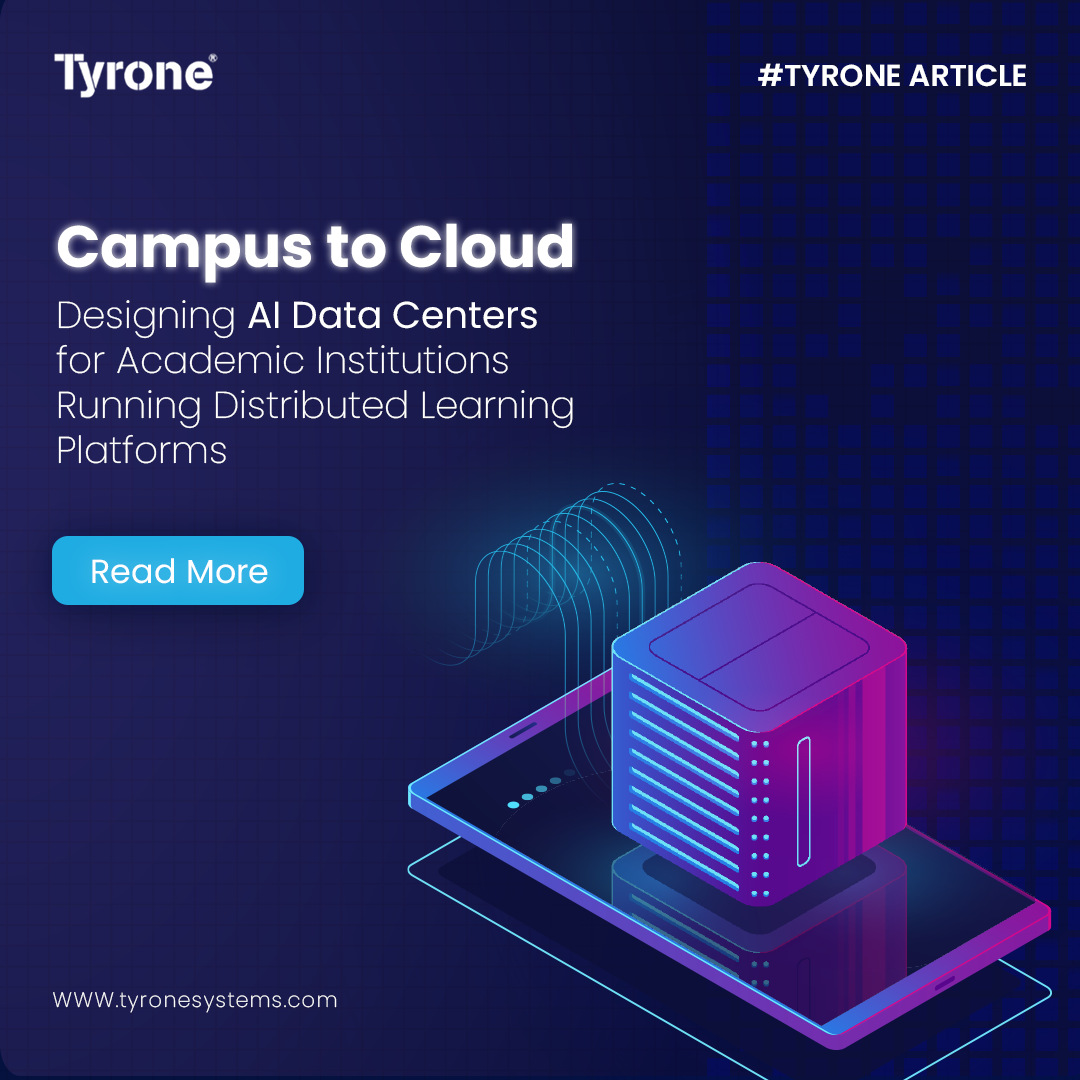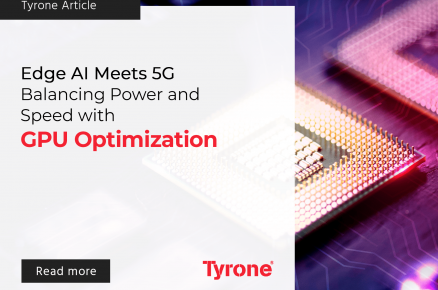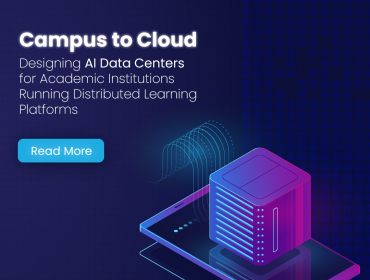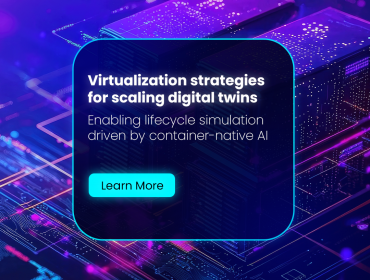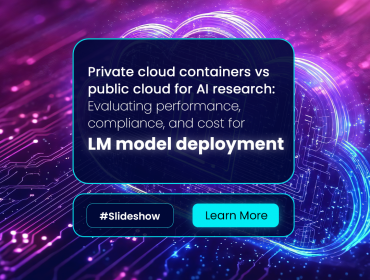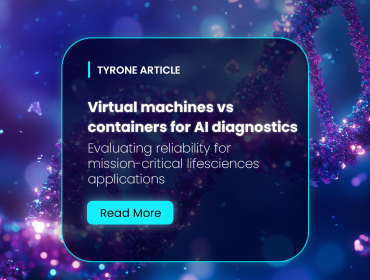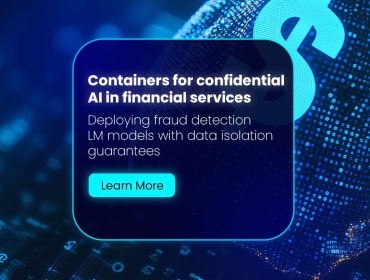Introduction
As universities and research institutions transition from traditional, campus-bound education models to globally accessible, AI-driven learning ecosystems, their infrastructure strategies are undergoing a paradigm shift. The once modest server rooms powering Learning Management Systems (LMS) have evolved into high-performance AI data centers forming the backbone of distributed education and research.
For academic stakeholders—CIOs, IT directors, deans, and investors—designing these data centers is no longer a back-office decision. It’s a strategic imperative that determines how effectively the institution can deliver real-time learning, handle massive data workloads, and support collaborative research across borders. Notably, demand for AI-ready data center capacity is expected to grow by 33% annually between 2023 and 2030 (Source: McKinsey).
1. Strategic Drivers for AI Data Centers in Academia
The growth of AI in education is being propelled by four key forces reshaping infrastructure planning:
- Distributed Learning Platforms: As universities expand into hybrid and global education, cloud-hosted AI platforms enable seamless content delivery, real-time feedback, and multilingual accessibility. The global e-learning market continues to surge as institutions look to scale beyond physical boundaries.
- Research and Computational Demands: From AI-assisted genomics to climate modeling, academic research increasingly depends on GPU-accelerated workloads that require specialized high-performance compute environments.
- Personalized Learning Experiences: Adaptive learning platforms leverage AI models to tailor lessons and predict student performance. Institutions using early-warning AI analytics have reported up to a 15% drop in student attrition rates (Source: Engageli).
- Hybrid Cloud Strategies: Modern education operates on a dual foundation—local campus systems for latency-sensitive tasks and cloud integration for elastic scaling, global collaboration, and data redundancy.
Designing for these drivers means building data centers that are not just powerful, but agile, compliant, and deeply integrated with pedagogical goals.
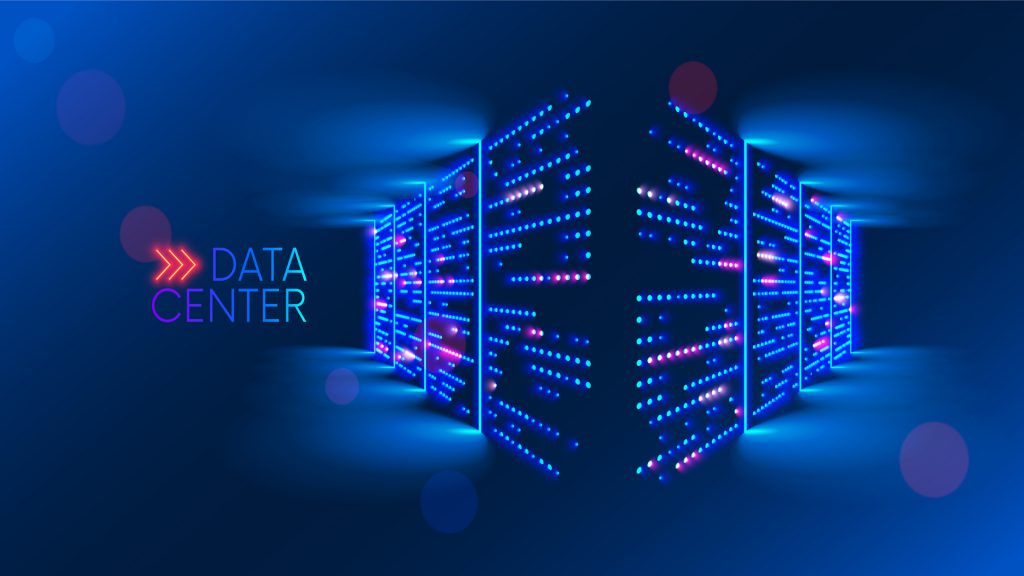
2. Architectural Framework: From Campus Edge to Cloud Core
AI-enabled learning requires an architecture that balances proximity, scalability, and control. A robust framework typically includes three interconnected tiers:
- Campus Edge Nodes: Localized infrastructure handles latency-critical workloads such as live lectures, analytics for in-class performance, and localized data caching.
- Institutional Core Data Center: Acts as the central nervous system—hosting anonymized student data lakes, research clusters, and AI training environments.
- Cloud Interconnect Layer: Provides elasticity for peak compute demand, model training, global content delivery, and disaster recovery.
This campus-to-cloud approach ensures low-latency performance for learners while maintaining global reach and institutional data sovereignty.
3. Workload Profiles and Capacity Planning
Stakeholders must evaluate workload diversity when planning capacity. A university operating a distributed learning ecosystem typically handles:
- Real-time streaming and video-based instruction
- Adaptive AI inference for personalized learning
- Research workloads involving model training and simulation
- Global content distribution and archival storage
- Multi-tenant usage by research labs and partner institutions
The global AI data center market is projected to rise from USD 17.73 billion in 2025 to USD 93.60 billion by 2032, growing at a CAGR of 26.8% (Source: Fortune Business Insights). This exponential rise underscores the urgency for academic institutions to build scalable, future-ready infrastructures capable of handling surges in AI-driven workloads.
4. Infrastructure Design and Sustainability Imperatives
Designing for AI-centric workloads brings unique challenges across power, cooling, sustainability, and governance:
- High-Density Power and Cooling: GPU-intensive clusters can draw more power per rack than traditional compute environments. Data centers must adopt advanced cooling systems such as liquid immersion and heat reuse.
- Sustainable Site Planning: With institutions under increasing pressure to meet ESG targets, data centers should leverage renewable energy sources, energy-efficient design, and low water-use cooling systems.
- Latency and Global Connectivity: For distributed learners, milliseconds matter. Edge-to-cloud networking should minimize latency while ensuring seamless access to learning resources worldwide.
- Data Sovereignty and Compliance: With stricter data privacy regulations (GDPR, FERPA, etc.), institutions must retain control over sensitive research and student data while ensuring secure cloud integration.
- Scalable and Modular Design: Modular construction, containerized clusters, and AI workload orchestration ensure the data center evolves in step with academic and technological changes.
5. Operational Strategy and Governance
Academic AI data centers must be viewed as strategic enablers, not just technical assets. Key operational elements include:
- Financial Models: Evaluate CapEx vs. OpEx investments, leveraging hybrid approaches and partnerships with colocation or cloud providers to optimize cost and flexibility.
- Ecosystem Collaboration: Partnering with industry, research consortia, and ed-tech firms allows institutions to share compute resources and accelerate innovation.
- Talent and Skill Readiness: Managing AI infrastructure requires expertise in GPU orchestration, ML operations, data governance, and cybersecurity—areas where universities must invest in training or specialized staffing.
- Performance Metrics: KPIs should include compute utilization, energy efficiency (PUE), student-access latency, and research throughput—all feeding into governance and funding cycles.
6. Implementation Roadmap: A Phased Approach
To ensure smooth transformation, institutions can follow a structured roadmap:
- Assessment & Workload Audit – Analyze existing systems, map distributed learning workloads, and forecast growth patterns.
- Edge Enablement & Connectivity – Deploy campus-edge nodes and ensure high-bandwidth, redundant connectivity to the core and cloud layers.
- Core Data Center Modernization – Design AI-ready facilities with modular expansion, liquid cooling, and resilient power systems.
- Cloud Integration & Elastic Scaling – Establish hybrid architectures for research peaks, content delivery, and DR operations.
- Continuous Optimization & Governance – Implement monitoring frameworks for cost, energy, and performance efficiency while continuously iterating on design.

Conclusion
The evolution from “campus IT” to “campus-to-cloud AI infrastructure” marks a defining moment for academia. As learning and research become more data-intensive and globally distributed, institutions that invest in agile, sustainable, and AI-optimized data centers will gain a decisive edge in education delivery and innovation.By aligning infrastructure with educational outcomes, governance frameworks, and sustainability goals, universities can transform their digital backbones into true engines of intelligent, inclusive, and globally connected learning.


